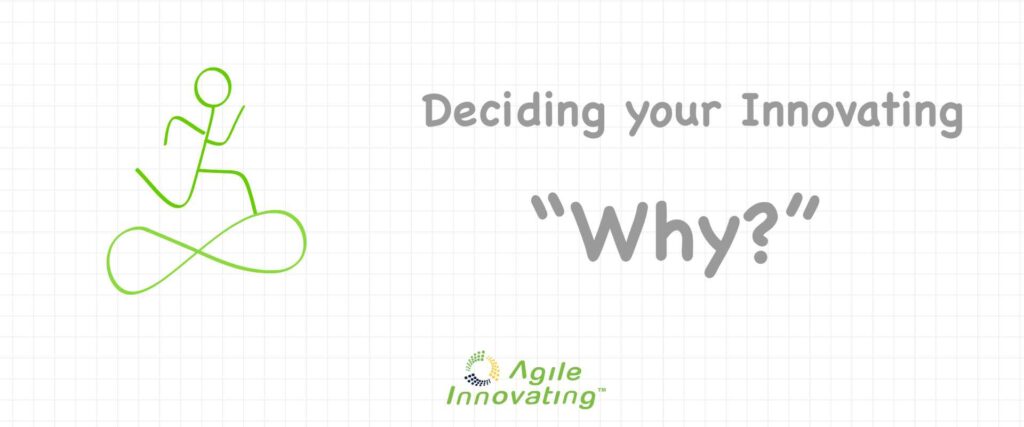
Innovating is difficult work.
It is done in an open, complex, dynamic, networked environment. It involves challenges, situational dynamics, paradoxes, and two-factor variables.
Most significantly, it involves dealing with the human social and behavioral psychology associated with changing the status quo. To successfully innovate, the status quo must change; not only for individual users, and employees in the business providing existing solutions, but also for aggregated customers in the market for new and better solutions.
Changing the status quo is a “sticky” challenge, made complex because it must occur in overlapping timeframes in three different contexts. Changing the status quo in one or two of the contexts isn’t good enough. It must change in all three or your innovating project will fail to cause the business performance improvements you invested in and needed.
Clearly identifying and communicating the driving force for innovating is an essential success factor. The driving force is what generates the momentum necessary to mitigate the dynamic friction that builds to resist changing the status quo. The driving force is a result of the strength of your “Why?”.
There are many answers to the question “Why are we innovating?”. These answers include:
- “We have a Vision” – a clearly defined more desirable future state
- “We have a Mission” – an approved plan with specific time sensitive goals
- “We have a Crisis” – critical actions to take, results to achieve, and outcomes to realize in specific timeframes
- “We have a Threat” – there is an identified threat to our current or future sales
- “We have an Opportunity” – there is an unrealized current or unaddressed future opportunity for profits
- “We have a Problem” – there is trouble that has customer / business duality, negatively affecting the user experience and business performance
- “We have a new Idea or Technology” – there is potential for a new solution that would attract new customers
- “We have under-leveraged Strengths” – there is a capability to do or offer more that is useful, scarce, and difficult for others to acquire
These answers are not exclusive. In any situation, your answer to the “Why?” question could include two more of the reasons.
What is certain is that you must have a clear, concise, well communicated answer to the “Why?” question to rally around to successfully change the status quo through innovating.
